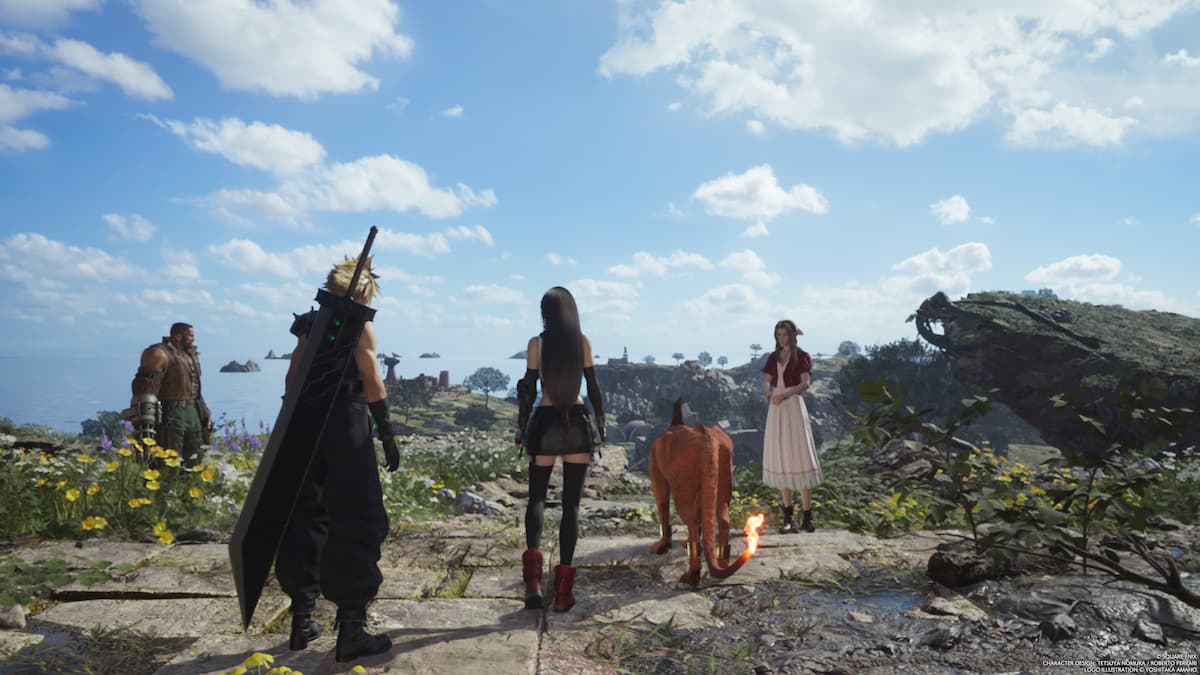The Legend of Zelda: Skyward Sword came at a weird moment for Nintendo. As the franchise’s sixth main entry, the Wii title debuted on November 11th for The Legend of Zelda‘s 25th anniversary. The game sought to tell the origin story of the hero Link and how his story began so long ago. Now, Nintendo has given the game a careful remaster for the Nintendo Switch, and this new take allows Skyward Sword to shine through a few technical woes.
Skyward Sword tells the story of Link before he becomes the hero we all know. Taking place years in the past, this game follows Link as he trains to be a knight on the floating city Skyloft where he spends time with his childhood friend Zelda. Before long, Link is thrown into adventure when Zelda is stolen to the fabled land beneath the clouds, and Link learns he’s been chosen by the Goddess Hylia to save Zelda and bring about peace.

For long-time fans of The Legend of Zelda, this game works much as you’d expect. It doesn’t lean into the exploratory mechanisms in Breath of the Wild, but it is not a straight dungeon-puzzler like The Legend of Zelda‘s first titles. Skyward Sword bridges the gap with innovative side quests and crafting tasks that expand Link’s job. When it comes to story, Skyward Sword is hard to beat. The game gives Zelda one of her most involved arcs to date, and Link is shown as more than a mythical hero. The boy next door is sent on a mission to save his best friend, and Skyward Sword does an excellent job weaving this narrative with missions. Allies like Fi and Groose only bolster the origin story, but things sour when the villains are brought into consideration.
Players will meet foes like Ghirahim and Demise shortly after reaching the surface and, to be frank, the pair are static. Ghirahim’s outlandish boasts are fun for a bit, but Demise is almost laughably simple. The characters struggle to live up to villains like Ganadorf who they inspire, and that definitely will come as a bummer to fans who’ve never experienced Skyward Sword before.
For those who have played the original game, you know that one of its biggest complaints came down to motion controls. The Wii title exclusively used the Wii remote and nunchuck to the horror of many. Now, the HD remaster of Skyward Sword allows fans to play the game using a traditional control with motion-controlled aim added if you’d like. This addition is a literal game-changer as it makes just about every aspect of the game easier. And if you should miss the motion controls, well, you can pop out a joycon to revisit them.
However, this new control system does have its pitfalls. The button mapping is fairly convoluted, at first. There are a lot of controls needed in Skyward Sword, and the original game had two controllers to spread things out. When things are condensed into a single controller, things get crowded quickly. Tasks like catching bugs and deflecting projectiles is notably harder in this game, but swordsmanship has improved tenfold. So if you feel uneasy with the controls, the only thing you can do is practice.
The new control system makes Skyward Sword infinitely more accessible to gamers, and it will appease fans of the franchise who love The Legend of Zelda lore. Its colorful story strays far from the dark world of Twilight Princess, and its crafting mechanics will feel familiar to those who’ve only tested out Breath of the Wild. And as Nintendo prepares a sequel to Breath of the Wild behind-the-scenes, this HD remaster is filled with tales fans are certain will show up in the next Legend of Zelda game.
Rating: 4 out of 5
The Legend of Zelda: Skyward Sword HD is available now on the Nintendo Switch. Got questions about this remaster? Share your thoughts with us in the comments section below or hit me up on Twitter @MeganPetersCB.


